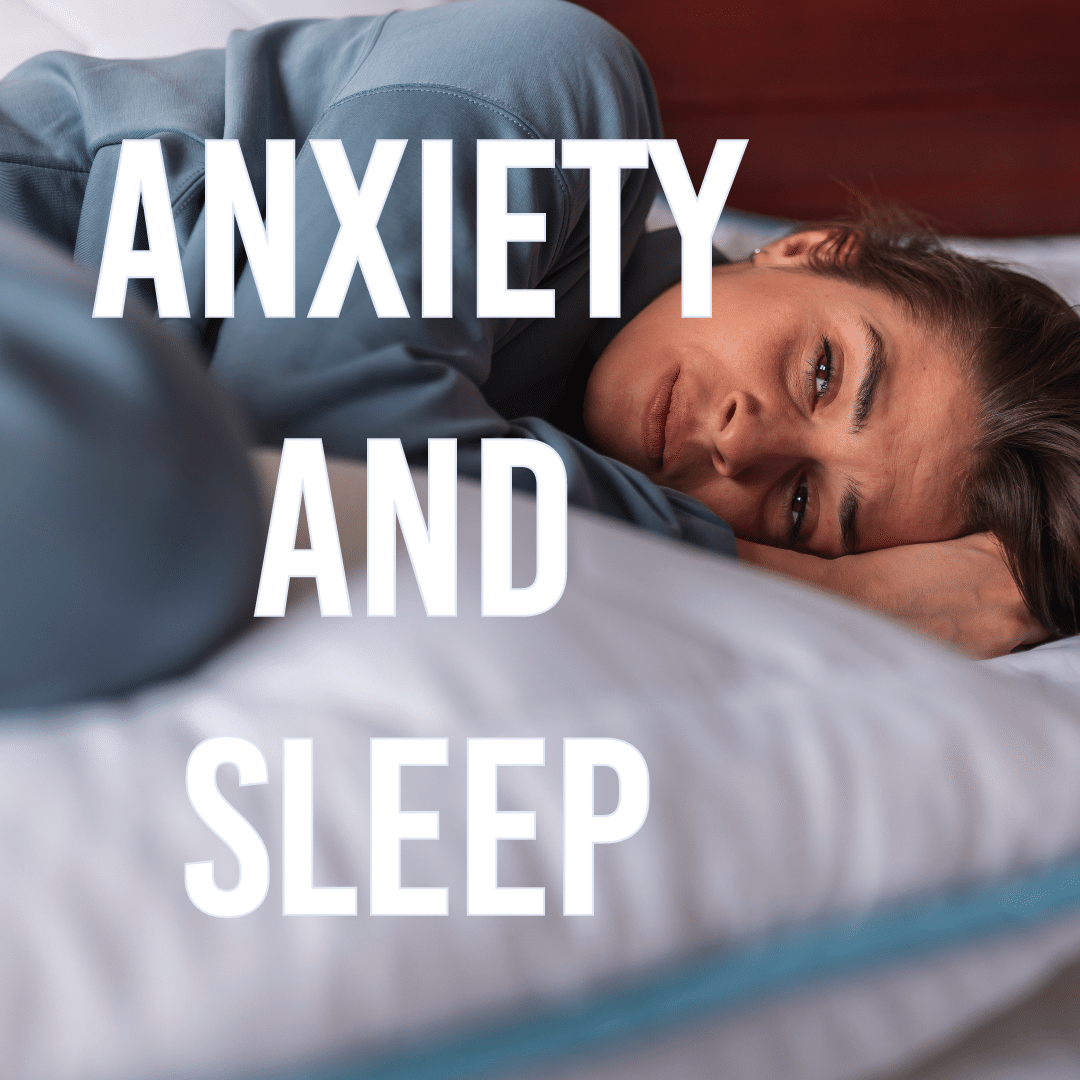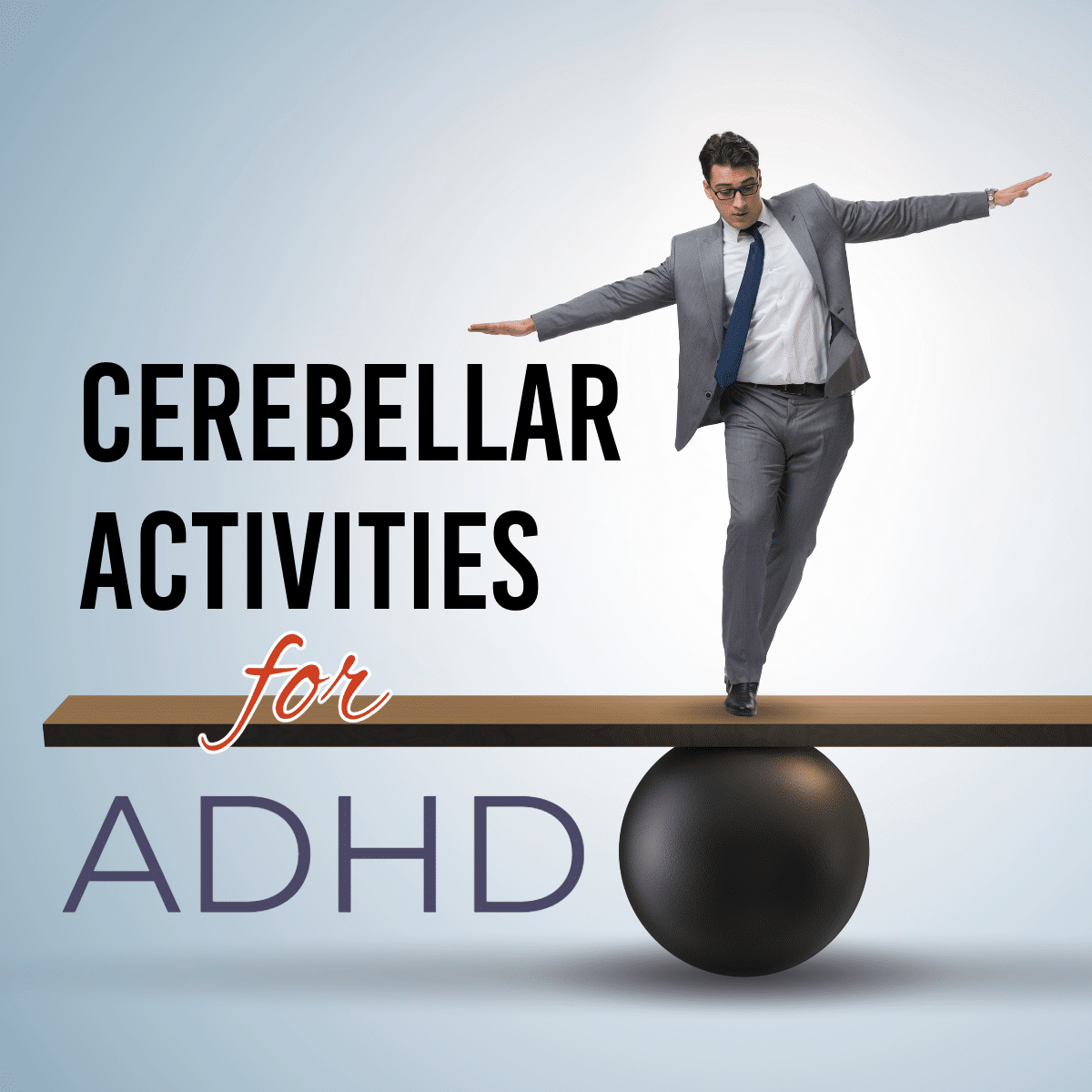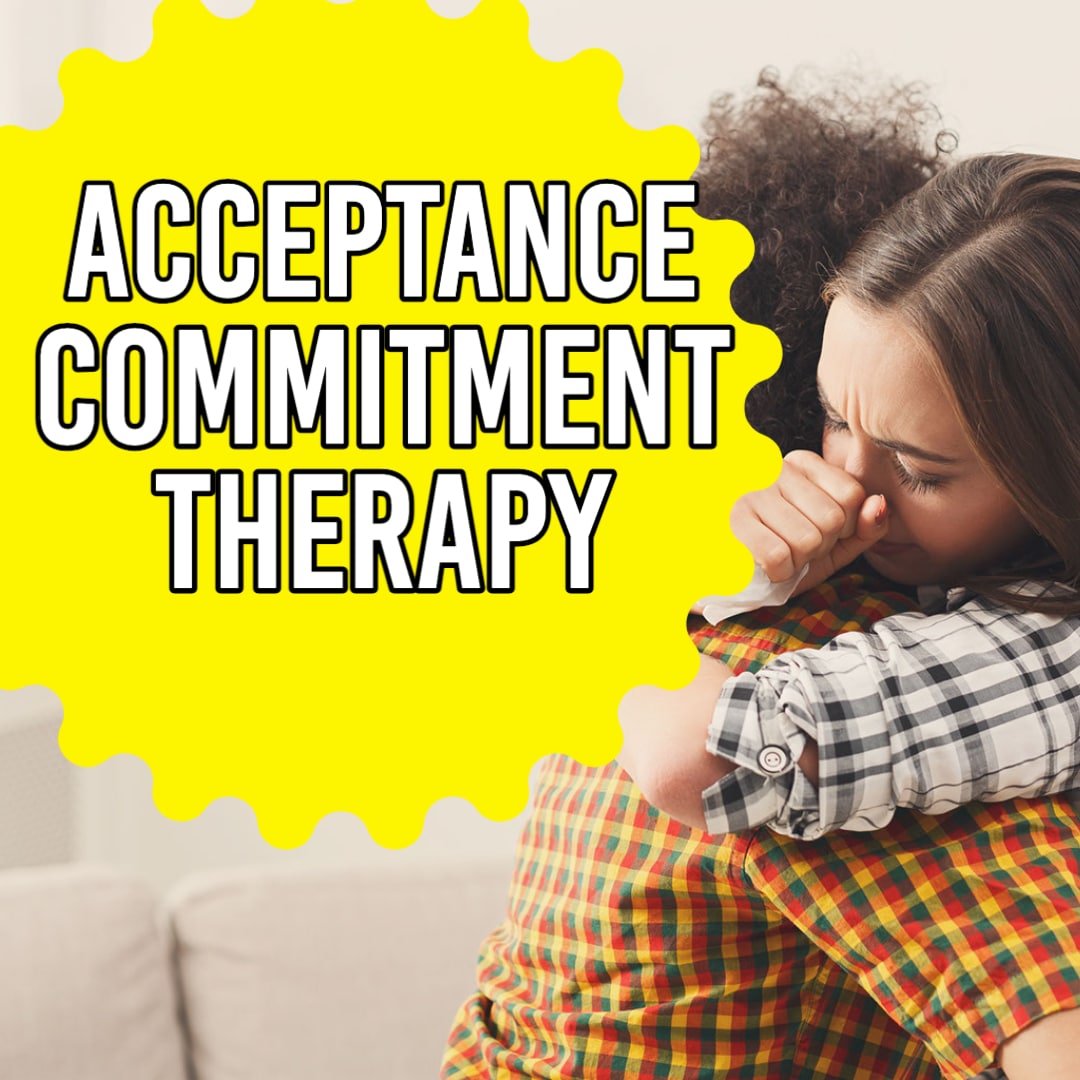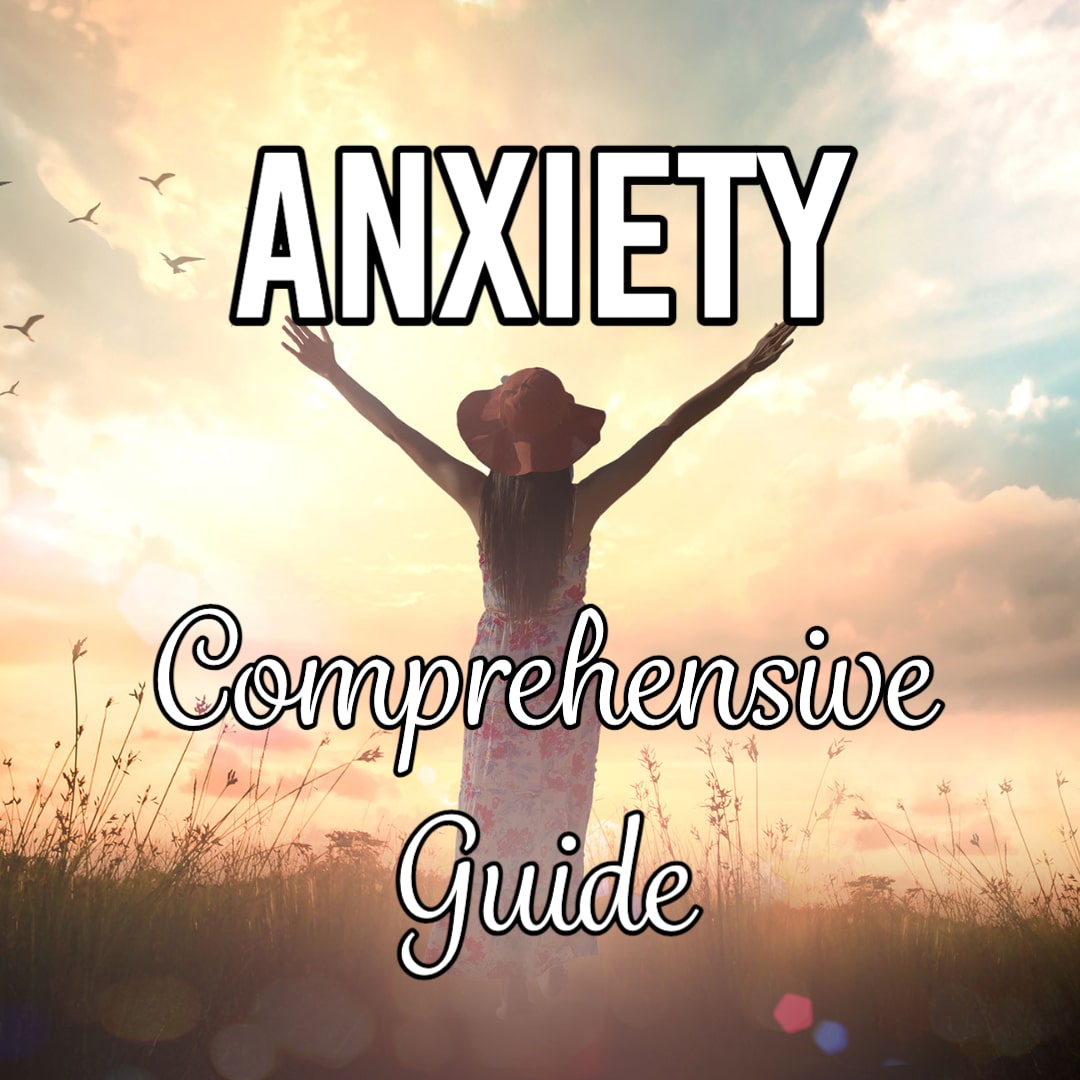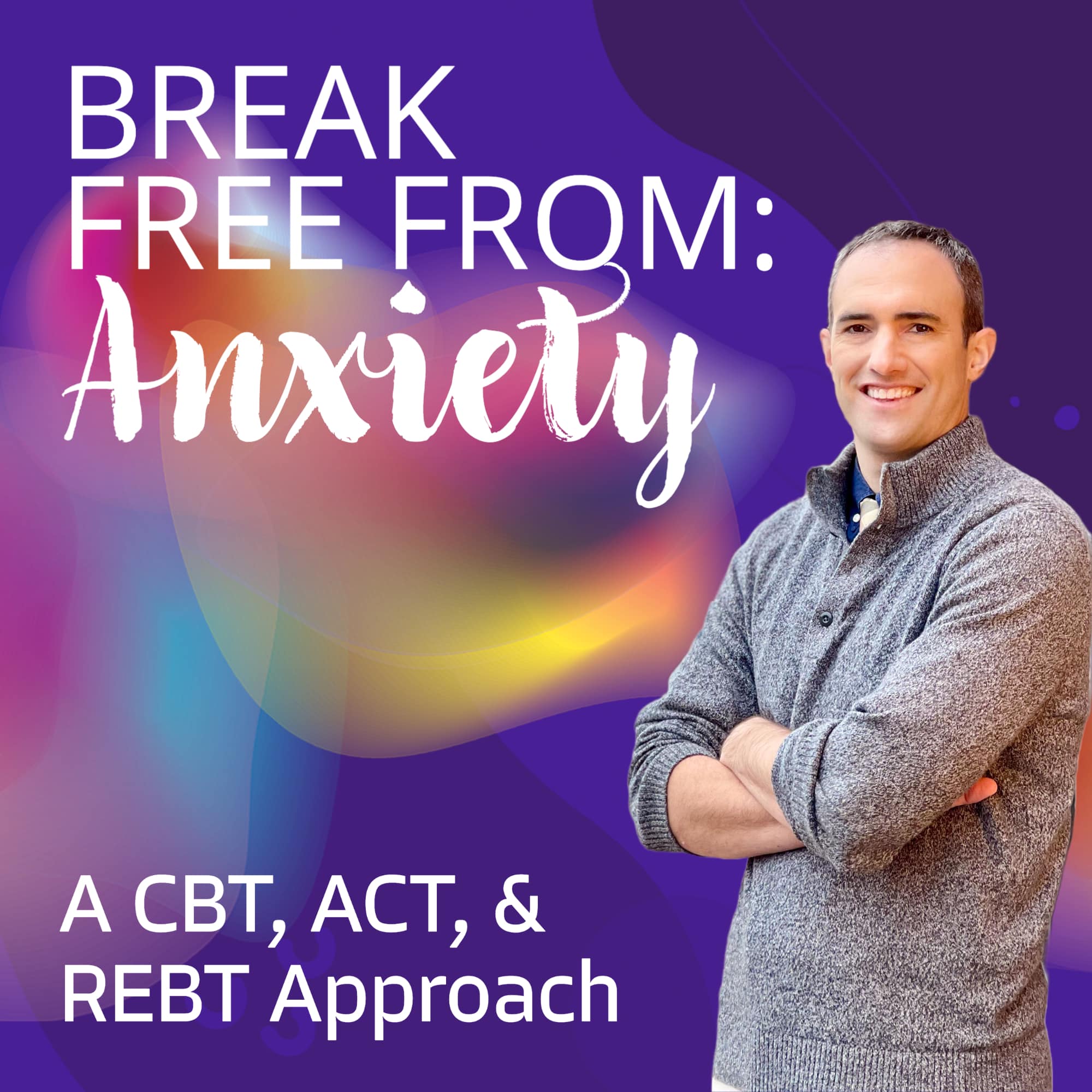In this article, Dr. Bruce Bassi gives an overview of CBT and why it works for anxiety. This article is part of a comprehensive article on anxiety treatments.
KEY TAKEAWAYS
- CBT is highly effective and proven to work.
- The crux of CBT is based on identifying negative thought patterns.
- Because of its simplicity and effectiveness, CBT is a treatment option of choice for anxiety.
Introduction to Cognitive Behavioral Therapy (CBT)
Welcome to the wonderful world of Cognitive Behavioral Therapy, or CBT for short!
Now, before you start picturing a stuffy office and a therapist with a clipboard, let me assure you that CBT is anything but boring.
It’s like a fun adventure for your mind.
In your CBT journey, you’ll learn how to identify and challenge negative thoughts, reframe them in a positive light, and ultimately change the way you feel and behave.
It’s like a superhero training program for your brain, where you’ll learn how to defeat the villains of anxiety, depression, and other pesky mental health issues. CBT may be one of many options for treating anxiety.
So, get ready to put on your thinking cap and flex those mental muscles, because with CBT, you’ll be unstoppable!
Table of Contents
1. What is CBT?
2. How does CBT work for anxiety?
3. What are helpful CBT techniques for anxiety?
4. What are the benefits of CBT for anxiety?
5. What are some good resources to use CBT for anxiety?
6. Why should I consider CBT as an option for anxiety?
1. What is Cognitive Behavioral Therapy (CBT)?

Cognitive Behavioral Therapy (CBT) is a type of talk therapy that focuses on identifying and changing negative thought patterns, beliefs, and behaviors.
It is often used to treat anxiety disorders and other mental health conditions, such as depression and post-traumatic stress disorder (PTSD).
CBT is based on the idea that our thoughts, feelings, and behaviors are interconnected, and that by changing one of these components, we can positively impact the others.
Cognitive behavioral therapy hinges on the premise that problems are based on faulty or unhelpful ways of thinking. There is an exchange between unhelpful thinking and unhelpful, learned behavioral patterns. Individuals with psychological problems can learn better ways of coping with them by addressing these thinking and behavioral patterns.
Strategies to change one’s thinking patterns involves increasing self-awareness. Through therapy, one obtains improved insight into and understanding of these patterns.
Somebody might recognize distortions and thinking and then try to uncover what evidence is based in reality vs what has been artificially constructed from our lizard brain.
What evidence is there that CBT works for anxiety?
You might be wondering if CBT would help you, and there is certainly plenty of evidence for using CBT for anxiety!
1. Hofmann SG, Asnaani A, Vonk IJ, Sawyer AT, Fang A. The efficacy of cognitive behavioral therapy: A review of meta-analyses. Cognit Ther Res. 2012;36(5):427-440.
This meta-analysis of 269 studies found that CBT was effective in treating anxiety disorders across various populations and settings.
2. McEvoy PM, Burgess MM. The effectiveness of cognitive behavioral therapy for borderline personality disorder: A meta-analysis. Behav Ther. 2012;43(1):233-245.
This meta-analysis of 18 studies shows that CBT is effective in treating anxiety in individuals with borderline personality disorder.
3. Olatunji BO, Cisler JM, Deacon BJ. Efficacy of cognitive behavioral therapy for anxiety disorders: A review of meta-analytic findings. Psychiatr Clin North Am. 2010;33(3):557-577.
This article provides a comprehensive review of meta-analyses on the effectiveness of CBT for anxiety disorders and shows that it is a highly effective treatment.
4. Butler AC, Chapman JE, Forman EM, Beck AT. The empirical status of cognitive-behavioral therapy: A review of meta-analyses. Clin Psychol Rev. 2006;26(1):17-31.
This meta-analysis of 16 studies found that CBT is a highly effective treatment for anxiety disorders, and the effectiveness is maintained over time.
“(People) are disturbed not by things, but by the view which they take of them”
– Albert Ellis, the founding father of the first form of CBT.
2. How does CBT work for anxiety disorders?

Cognitive Behavioral Therapy (CBT) is an evidence-based treatment that has been extensively studied and proven effective in reducing symptoms of anxiety disorders, including post-traumatic stress disorder (PTSD) and chronic post-traumatic stress disorder (C-PTSD).
CBT typically involves meeting with a trained therapist for weekly or bi-weekly sessions, where the therapist will help the patient identify their negative thoughts and beliefs about their anxiety and replace them with more realistic and positive ones.
CBT for anxiety often includes exposure therapy, which involves gradually exposing the patient to situations that trigger their anxiety in a safe and controlled manner.
This technique has been used successfully for a variety of anxiety disorders, such as adult anxiety disorders, including generalized anxiety disorder, panic disorder, social anxiety disorder, specific phobias, and obsessive-compulsive disorder.
In addition to exposure therapy, CBT also teaches patients coping skills such as cognitive therapy, progressive muscle relaxation, and problem-solving strategies.
These techniques can be used to manage negative emotions in the moment and help patients feel more in control of their anxiety.
Research studies consistently show that CBT is effective in reducing symptoms of anxiety and improving quality of life for individuals with anxiety disorders.
Meta-analyses have consistently found that CBT is more effective than no treatment or placebo for anxiety disorders. Moreover, CBT is often recommended as a first-line treatment for anxiety disorders because it has been found to be equally effective as medication.
While CBT is highly effective, it may not work for everyone. The effectiveness of CBT may depend on various factors such as the severity of symptoms, the individual’s motivation to engage in treatment, and the quality of the therapeutic relationship between the individual and therapist.
Fortunately, online therapy is available as a psychological intervention for individuals who may find it difficult to attend face-to-face therapy sessions.
To sum up, CBT is an effective psychological and pharmacological intervention that has proven successful in treating a range of anxiety disorders.
It is widely recognized as an evidence-based therapy that can help individuals with anxiety disorders feel more in control of their lives and reduce the impact of anxiety on their daily activities.
“For there is nothing either good or bad, but thinking makes it so”
– Shakespeare, Hamlet, Act II, Scene II
3. What are helpful CBT techniques for treating anxiety disorders?

1. Identifying cognitive distortions.
Anxiety is well known to skew our perception of reality. Cognitive distortions, also known as thinking errors, are patterns of thinking that can contribute to anxiety and other mental health problems.
Cognitive Behavioral Therapy (CBT) for anxiety often involves identifying and challenging these thinking errors in order to develop more realistic and balanced thinking patterns. Here are three common cognitive distortions that are often targeted in CBT for anxiety:
Catastrophizing.
Catastrophizing involves imagining the worst possible outcome of a situation and assuming that it is highly likely to occur.
For example, someone who is afraid of flying may imagine the plane crashing and assume that it is very likely to happen. In CBT, individuals learn to challenge these catastrophic thoughts by considering the evidence for and against them, and developing more balanced and realistic perspectives on the situation.
All-or-nothing thinking.
All-or-nothing thinking involves seeing things in black and white, without any shades of gray. For example, someone who is afraid of public speaking may think, “If I make one mistake, the entire speech will be a disaster.” In CBT, individuals learn to challenge this type of thinking by considering the nuances of the situation and recognizing that there are often multiple possible outcomes.
Mind-reading.
Mind-reading involves assuming that one knows what others are thinking, without any evidence to support that assumption.
For example, someone with social anxiety may assume that others are judging them harshly or thinking negatively about them, even if there is no evidence to support this belief.
In CBT, individuals learn to challenge this type of thinking by considering alternative explanations for others’ behaviors, and recognizing that they cannot know for certain what others are thinking or feeling.
Spotlight effect.
With the spotlight effect, we overestimate how much people are paying attention to our behavior and appearance. Internally, one might judge their appearance, how they said something, much higher than what another person thought of this characteristic. Another type of bias that contributes to social anxiety is confirmation bias. With confirmation bias, we tend to find data that confirms our original beliefs. If one has a history of feeling anxious in social settings, one will enter a situation with the expectation that it too will lead to more anxiety. There is an element of selective abstraction, where we make conclusions on the basis of just one of many elements of a situation.
While these are just a few examples, there are many other cognitive distortions that can contribute to anxiety, and CBT is designed to help individuals identify and challenge these patterns of thinking in order to improve their mental health and well-being.
Journaling.
James Pennebaker is a renowned psychologist who has conducted extensive research on the benefits of expressive writing, which is a form of journaling that involves writing about personal thoughts and feelings. According to Pennebaker, journaling can have a number of benefits, including:
- Improved mental and physical health: Pennebaker’s research has shown that expressive writing can help to improve both mental and physical health. Writing about difficult experiences and emotions can reduce stress and anxiety, boost the immune system, and improve overall well-being.
- Increased self-awareness: Writing about one’s thoughts and feelings can help to increase self-awareness and self-understanding. By putting one’s experiences into words, it becomes easier to make sense of them and gain insight into one’s own thoughts and behaviors.
- Enhanced problem-solving skills: Journaling can also help to enhance problem-solving skills. By writing about a problem or challenge, one can gain a new perspective on it and develop new ideas for how to address it.
- Improved communication skills: Expressive writing can also improve communication skills by helping individuals to organize their thoughts and express themselves more clearly. This can be particularly helpful for individuals who struggle with communication in other areas of their lives.
- Increased creativity: Journaling can also help to stimulate creativity by providing a space for individuals to explore their thoughts and feelings. By writing freely and without judgment, one can tap into new ideas and perspectives.
4. What are the benefits of CBT for anxiety?

Cognitive Behavioral Therapy (CBT) is an effective treatment for anxiety that involves various cognitive therapy techniques, including cognitive restructuring. One of the main benefits of CBT is that it helps patients identify and challenge cognitive distortions, which are irrational or unhelpful thoughts that contribute to their anxiety.
CBT typically lasts for 12 to 20 sessions and has been shown to significantly reduce symptoms of anxiety in many patients. The collaborative nature of CBT is another benefit, as it allows patients to be active participants in their treatment and feel more empowered in managing their anxiety.
In addition to being effective and empowering, CBT is also a relatively low-risk treatment option. Unlike medication, CBT does not have any physical side effects, and it can be used in combination with other treatments, such as medication, if necessary.
Overall, CBT is a highly beneficial treatment for anxiety that can help patients identify and challenge cognitive distortions through cognitive restructuring. By working collaboratively with their therapist, patients can experience significant improvements in their symptoms and feel more in control of their lives.
5. What are some good resources to use CBT for anxiety?

1. CBT for Anxiety Course. This course contains over 2 hours of the most useful CBT concepts for helping anxiety. The course is presented in a structured and organized manner, with clear objectives and learning outcomes for each module. The course material is also accompanied by interactive exercises, case examples, and self-assessment tools that allow participants to apply the concepts they learn to their own lives.
Rating: 10 out of 10.
2. The Beck Institute’s resources for professionals and students in cognitive-behavioral therapy (CBT) offer a wealth of information and tools for mental health professionals looking to expand their knowledge and skills in this evidence-based therapeutic approach. The resources cover a range of topics, including assessment, treatment planning, and specific techniques used in CBT. Additionally, the resources include audio and video recordings of expert-led workshops and presentations, as well as access to online training programs and continuing education credits. Overall, the Beck Institute’s resources for professionals and students provide a comprehensive and valuable resource for mental health professionals seeking to enhance their practice and knowledge in CBT.
Rating: 9 out of 10.
3. Texas Health and Human Services CBT Resources. The website provides comprehensive information about the fundamentals of CBT, including its principles and techniques, as well as information about specific disorders that can be treated using this therapy. The resources provided are evidence-based and seem to be well-researched, which is reassuring for those looking for reliable information.
One notable strength of the website is its emphasis on cultural competence. The resources provided are designed to help clinicians better understand and work with diverse populations, which is a critical component of providing effective mental health treatment.
Rating: 8 out of 10.
6. Why should I consider CBT as an option for anxiety?

Cognitive Behavioral Therapy (CBT) is a highly effective treatment option for anxiety that has been extensively studied and proven to work. By helping patients identify and change negative thought patterns and behaviors, and by teaching coping skills to manage anxiety symptoms, CBT can significantly improve patients’ quality of life. Additionally, because it is a short-term, collaborative, and low-risk treatment option, CBT is a great choice for many patients struggling with anxiety. If you are struggling with anxiety, consider talking to a mental health professional about whether CBT might be right for you to try to help you treat your anxiety.

 Bruce Bassi
Bruce Bassi